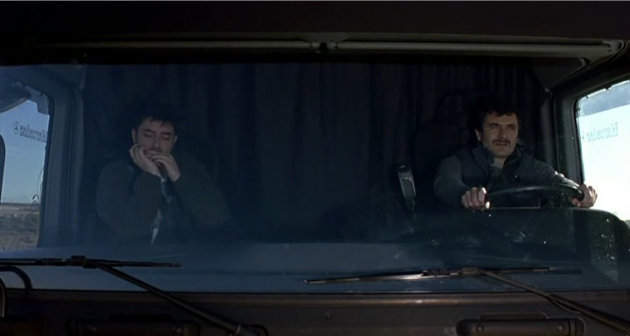





The setting is Giraglia, a craggy coastline surrounded by tempestuous sea at the northern tip of Corsica. You can feel the cold. You can feel the wind. Told with minimal dialog, Nuit Bleue relies heavily on its rugged, beautiful yet violent nature it presents. The the jagged Pyrenees terrain is dominated by brusque, serious men who are engaging in armed struggle, reflecting their harsh surroundings. There was a shipwreck and Jean's gone missing. Antonia (Cécile Cassel), a Parisian relative comes back in these difficult times. There is a slight love triangle developing with Antonia and two men who are in the armed resistance but the narrative falls short of making Nuit Bleue a totally engaging experience. It's all about brooding atmosphere Leccia creates. With his video art background and immersed in his Corsican upbringing, he seems to have a deeper understanding of the harsh surroundings and its effects on people. I didn't know that the sizable island right above Sardinia is a French territory and has a tumultuous history.






